Baby Steps
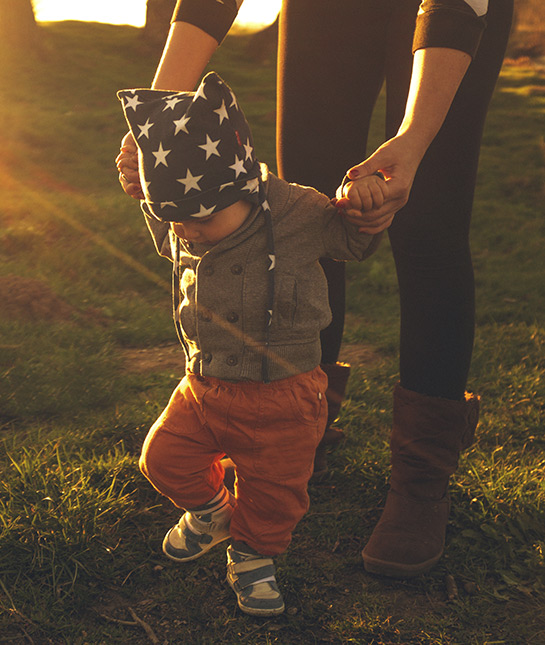
Your little one has mastered rolling over. Crawling is a breeze. Cruising while clutching furniture is where you are now. The next step is walking, and there’s a wide range of what’s normal and some red flags you’ll want to look out for as well. Click through to see what Nancy J Dilger, MA, PT, PCS, C/NDT, CKTP, Board Certified Pediatric Clinical Specialist at Footprints Pediatric Physical Therapy, has to say in response to parents' most burning questions about walking.
When Will My Baby Walk?
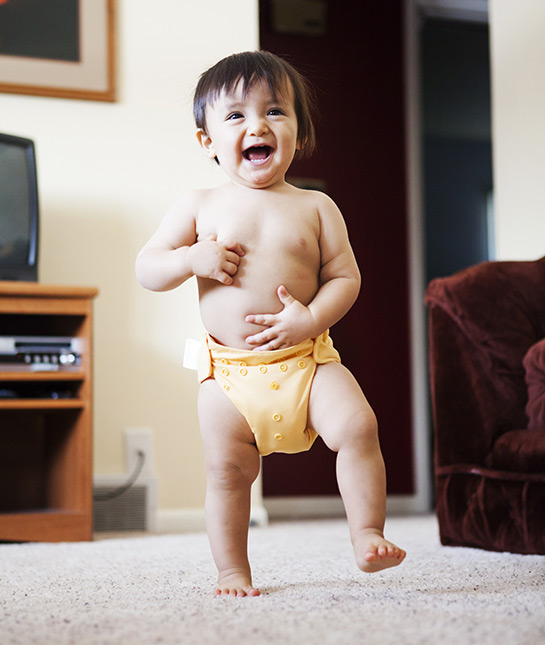
There is a wide range of what’s considered “normal” when it comes to your baby walking independently. Dilger says that independent walking is typical between 10 months to 15 months.
At What Point Is It a Problem That She's Not Walking?
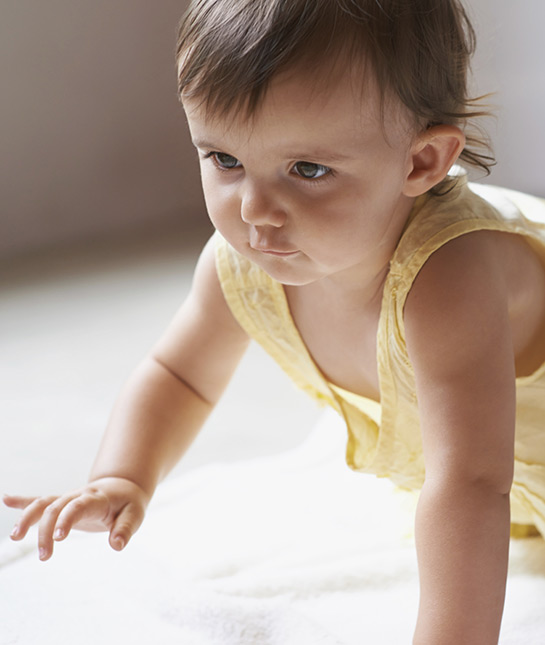
All of your friend’s babies are now up and walking. Yours is certainly the cutest, but the clock is ticking, and she doesn’t seem to be hitting that walking milestone. Dilger recommends seeing a specialist at 18 months if your child still isn’t walking.
Next Level Babyproofing
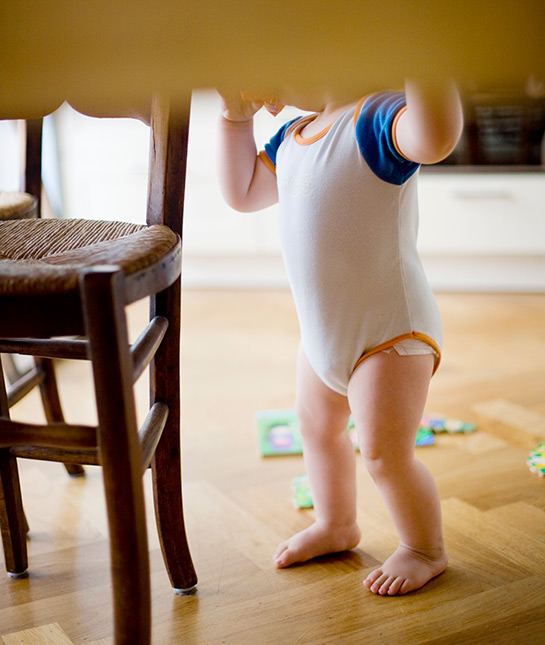
You’ve likely already put up gates and covered electrical outlets by now. If not, get to it! But once your baby is officially walking, the world is theirs for the taking. Dilger’s best piece of advice: “Beware of whatever a child can pull off a counter. Especially if you think there’s no way they can reach it.”
Knees Are Not for Walking
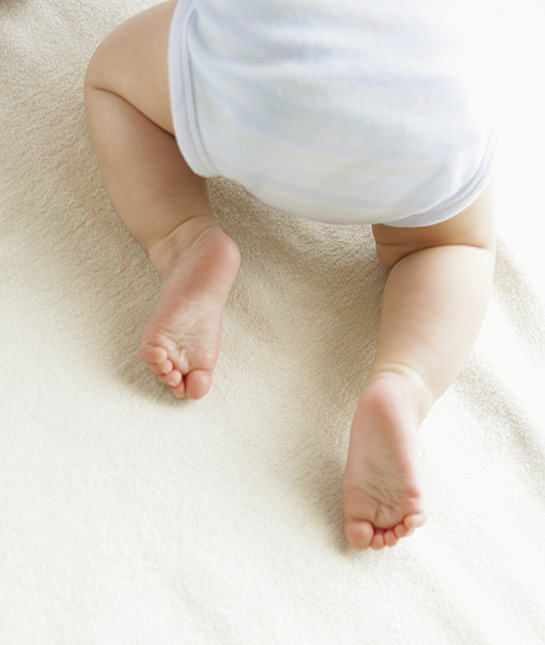
“Nowhere in normal development is knee walking acceptable. The knees are not a weight-bearing surface for walking,” says Dilger.
Seek medical advice if you notice your little one is walking on his or her knees.
Shoes: Think Function, Not Fashion
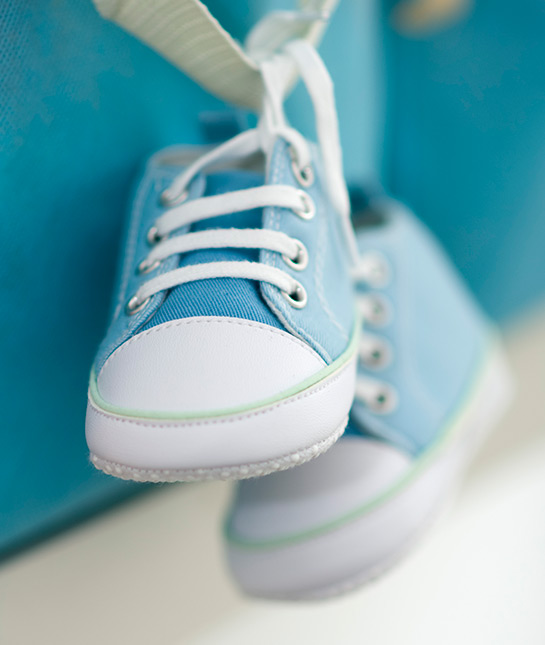
Kid’s shoes are adorable! Practically anything that comes in a small size is adorable, but remember that shoes for new walkers are primarily for protection. Dilger recommends checking to make sure the sole is flexible. This allows for the break in the forefoot for rollover. Determine this by feeling and flexing the shoes before you try them on your child.
It's More Than Just Walking
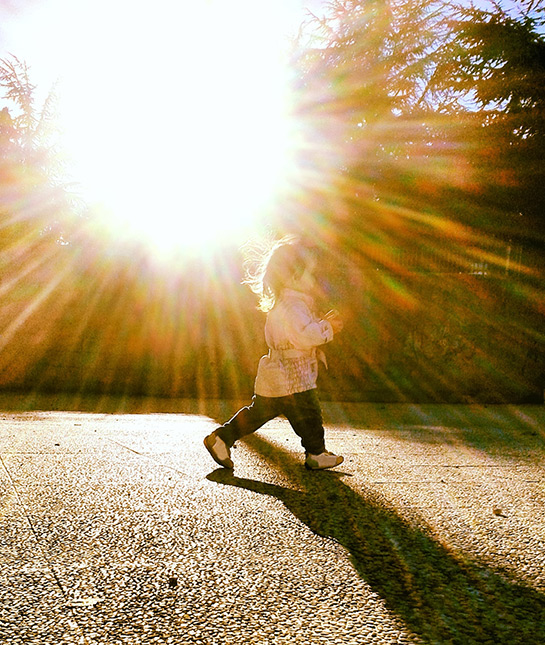
Walking is second nature to us, but to a child it’s the culmination of many different skills that they need to master. Dilger explains that each skill is a building block and teaches them skills such as forward and backward movement, side to side and weight shifting, core strength and balance. And all of this is controlled by the body and brain through a feedback loop. No wonder babies need so many hours of sleep per day! Walking doesn’t seem so simple anymore, does it?
Early Walking: Not Always a Good Thing
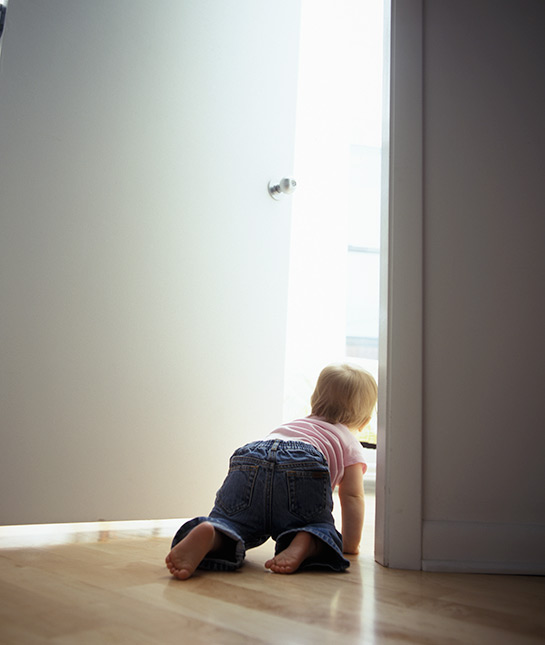
According to Dilger, walking early isn’t necessarily a good thing. Less time is spent creeping on all fours, which is advantageous for shoulder strength and stability for fine motor skills. From a safety perspective, you’ll want to babyproof sooner.
Pros and Cons for Late Walkers
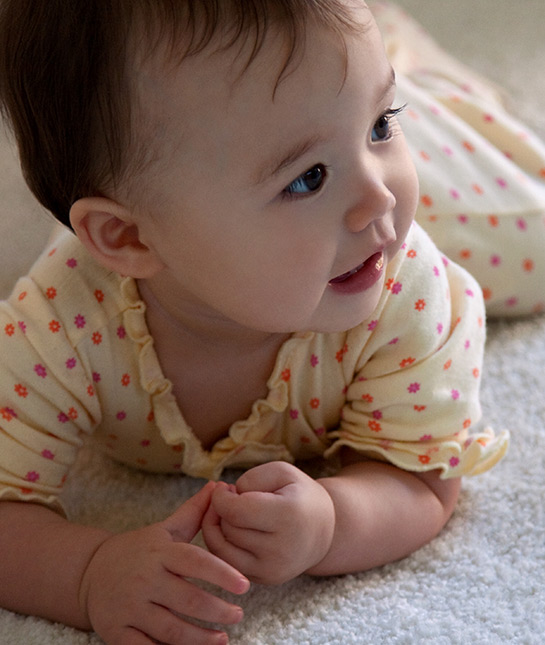
The silver lining for late walkers is that they spend more time bearing weight on the upper extremities of their bodies. While creeping on all fours, they are working their shoulders and gaining fine motor skills. On the flip side, per Dilger, late walking could be suggestive of postural or gravitational insecurities (the fear of coming up against gravity).
Red Flag Alert: Toe Walking
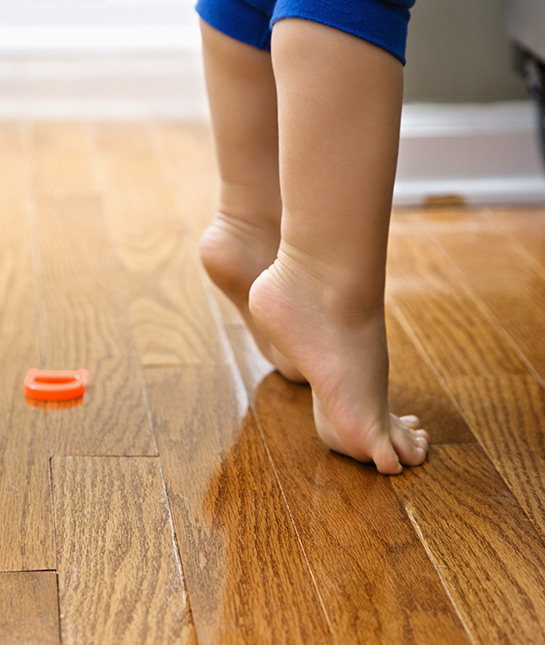
If your child persistently walks on her toes, do not wait to have it addressed. Dilger says, “In development, a child will 'play' with coming up on their toes to develop the range of motion and strength at their ankles. Persistence of walking on the toes is most successfully addressed with early intervention.”




